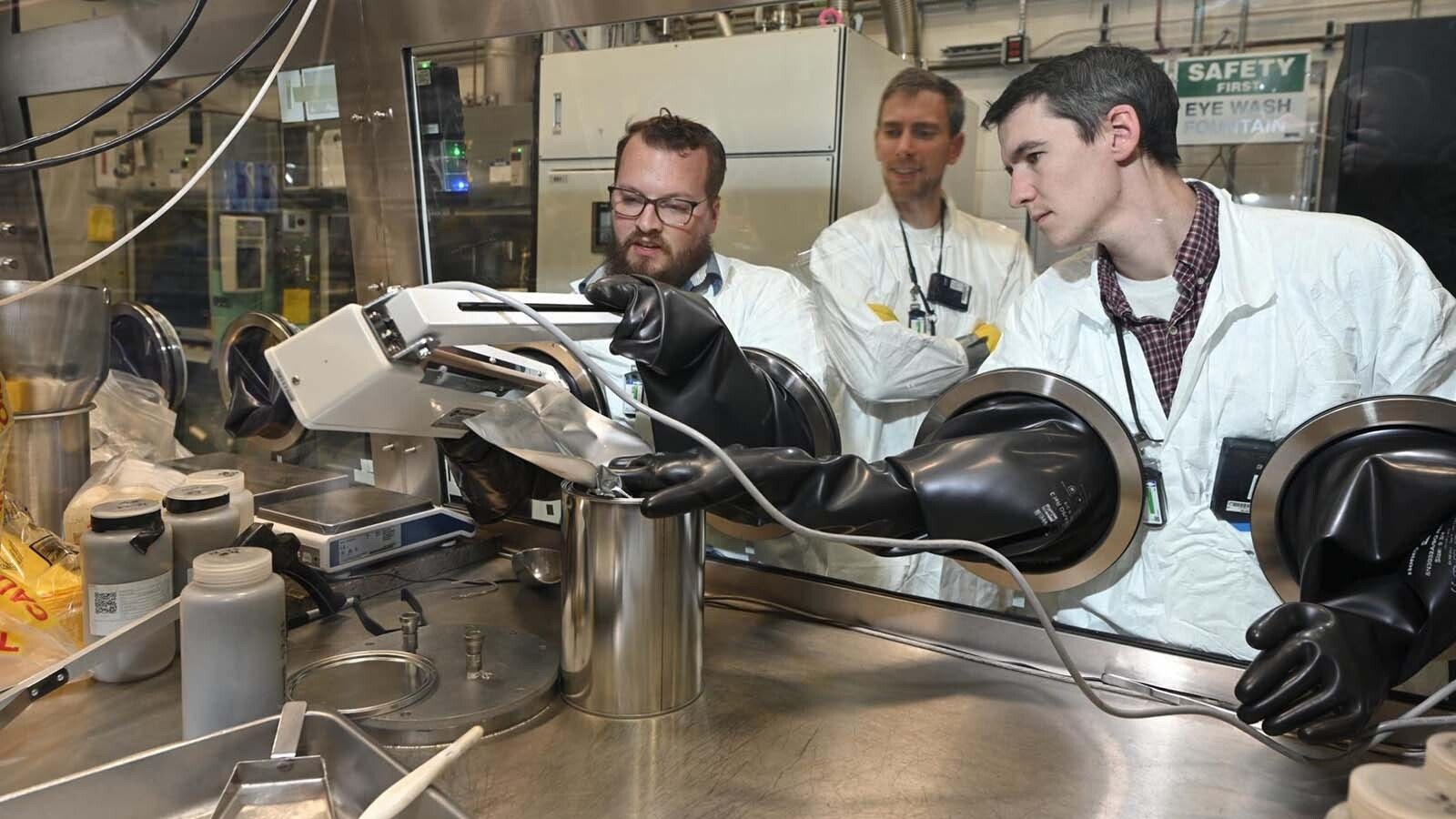Toyota has unveiled its new Tacoma H2-Overlander. It blends a hydrogen fuel-cell system with a battery-electric drive, producing 547 horsepower and comes equipped to handle all kinds of rugged terrain.
But you won’t see an H2-Overlander prowling Wyoming’s backcountry anytime soon. That’s because it’s currently classified as a “concept vehicle.”
Also, like most places in the U.S., Wyoming doesn’t have fueling stations for hydrogen fuel-cell cars and trucks.
However, Wyoming is home to Raven SR. Based in Pinedale, the company recently cleared a regulatory hurdle in California and is now on its way to powering hydrogen vehicles in the San Francisco Bay area.
Raven SR’s technology transforms organic waste rotting in landfills into transportation-grade hydrogen fuel.
Its proprietary process could revolutionize how California meets its hydrogen needs while addressing its overabundance of organic waste, according to Raven SR.
The company just received its final “Air Permit and Authority to Construct” (ATC) from the Bay Area Air District for what will be the first facility in California to convert diverted organic waste into renewable hydrogen through a non-combustion process.
"Receiving the ATC marks a major milestone for Raven SR, the City of Richmond, and the broader hydrogen economy," said Matt Murdock, CEO of Raven SR.
Murdock, who is also the mayor of Pinedale, added, "This facility will commercially demonstrate that we can convert waste that would otherwise emit methane and turn it into clean hydrogen without combustion or toxic emissions."
At the West Contra Costa Sanitary Landfill in Richmond, California, Raven SR will process up to 99 wet tons of organic waste per day, producing approximately 2,400 metric tons of renewable hydrogen annually. The diverted organic waste will help California meet state pollution mandates and potentially avoid up to 7,200 metric tons per year of CO2 emissions from the landfill.
"At a time when many hydrogen projects have stalled or been cancelled, Raven SR's Richmond facility will stand as proof that innovation and persistence still win," Murdock continued. "We believe it will set a new benchmark for waste-to-hydrogen projects globally, and positions Raven years ahead of other developers in bringing clean hydrogen from waste to market."
The FCEV Difference
While both battery electric vehicles (EVs) and fuel cell electric vehicles (FCEVs) like the Overlander produce zero tailpipe emissions, they operate differently. EVs store electrical energy in large lithium-ion batteries that must be charged by plugging into a power source — a process that can take from minutes to hours depending on the charger type.
With FCEVs, electricity is generated inside the vehicle by combining hydrogen gas from pressurized tanks with oxygen from the air in a fuel cell.
The only emission is water vapor, and refueling takes about the same time as filling up a gasoline vehicle — typically three to four minutes. FCEVs also offer longer driving ranges and weigh less than comparable long-range battery EVs.
Just Like Legos
Murdock is descended from the founder of heavy machinery giant Caterpillar, and his second cousin developed the technology offered by Raven SR.
“What Raven does is we actually deconstruct down to the molecular level, carbons and hydrogens, and then rebuild a new chain to make the fuels,” Murdock told Cowboy State Daily.
In addition to hydrogen fuel, Raven SR says it can transform methane emissions from landfills or sour natural gas wells into a variety of fuels.
Raven SR’s technology takes methane, heats it without burning to break it down to carbon and hydrogen molecules, then chemically rearranges those molecules into hydrogen fuel for vehicles.
“We can make the jet fuel, the diesel fuel, the methanol,” explained Murdock, offering this explanation of the process: "I always give the example for those who don't quite understand the science of what we do is imagine you bought your kids a Lego airplane at Christmas. About a month later, the kids are like, ‘I want to make a boat.’ So they take the plane apart and they use the same pieces, and then they build a boat out of it."
He added, "So what Raven does is we actually deconstruct down to the molecular level, carbons and hydrogens, and then rebuild a new chain to make the fuels.”
At the Richmond facility, Murdock said the company is developing a $75 million project that will produce about seven tons of hydrogen per day, which is the equivalent of about 630,000 miles a day in a hydrogen car.
“We’ll probably be one of the largest, clean hydrogen producers in Northern California, if not the largest,” he said.
Expansion And Future
Raven SR’s recent announcement about moving forward in California came with words of support from local leaders in the Bay Area, who touted the project’s public health benefits and economic upside.
Richmond Mayor Eduardo Martinez said, “This project reflects the type of investment and perseverance needed to achieve Richmond’s and the state’s clean-air and decarbonization goals.”
Murdock told Cowboy State Daily California is just one of several locations the company plans to develop new business.
“We've got projects in Spain and France, elsewhere around the United States and Asia that we'll be doing. And all of that will be headquartered out of Pinedale,” said Murdock.
The local landfills or nearby sour gas wells could provide the feedstock for making jet fuel for planes coming into Pinedale and Jackson, said Murdock.
Unlike the green jet fuel projects proposed in eastern Wyoming, which rely on wind and solar electricity to produce fuel through electrolysis, Raven SR’s process is powered by off gassing from rotting waste.
“Right now, Teton County sends over 100 tons a day roughly to Idaho to have it landfilled over there,” said Murdock. “We could actually set up a system. We could probably do it and produce 20,000 gallons of fuel a day from the waste that's coming out of Teton County.”
Murdock added, “If we could get sustainable aviation fuel into some of our major airports in Wyoming, that'd be great.”
David Madison can be reached at david@cowboystatedaily.com.








